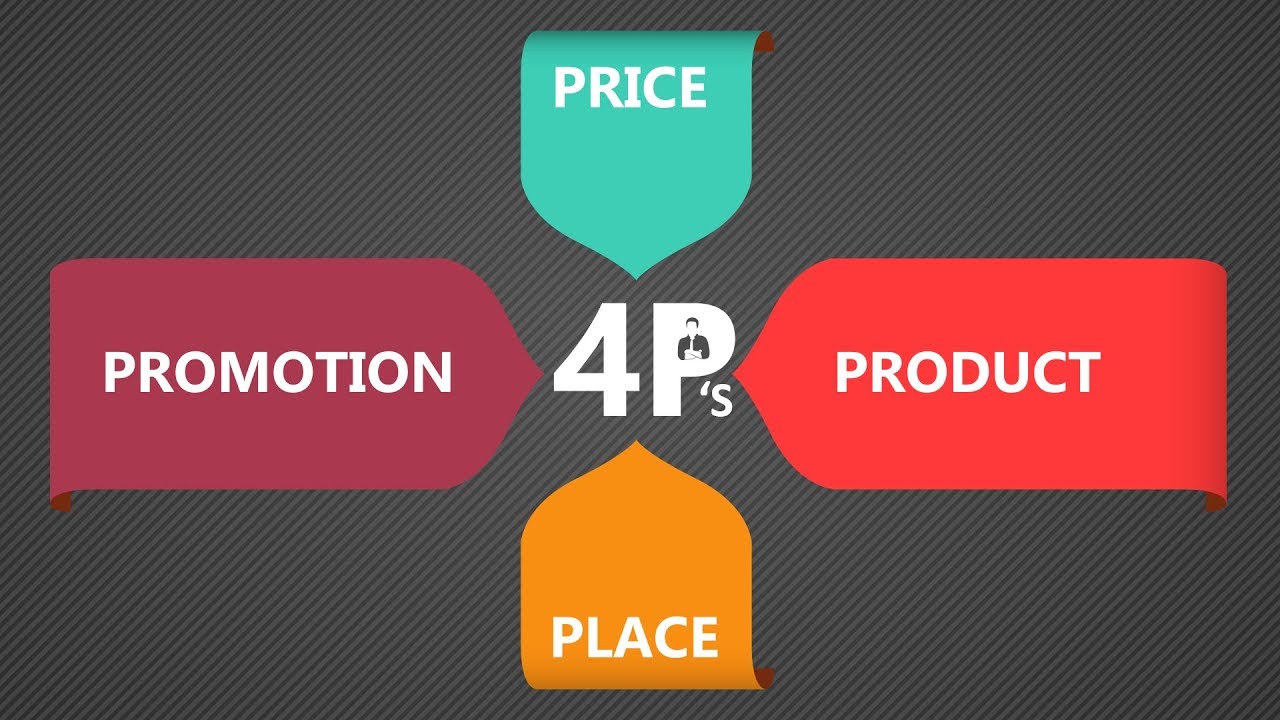Marketing: An Introduction

No commercial enterprise would be possible without marketing. From assembling or designing a product to pricing it appropriately, to let the market know about it and its advantages, every component of the marketing mix must be taken into consideration for an enterprise to be successful. But what makes a great marketing mix in the first place? To learn the basics of marketing, keep reading.
The 4Ps of Marketing
Marketing is the process by which value is created, designed, delivered, and exchanged, from a commercial enterprise to a segment of the public, referred to as the target market. Marketing can be further broken down into four activities that are collectively known as the 4Ps: product, price, place, and promotion.
Product
This aspect of marketing has to do with the design and conceptualization of a product or service that the creator thinks the public would value and be willing to pay for. In some cases, concepts for products come from recognizing a need or want by the public that seems to be underserved; this is referred to as market gap analysis. In other cases, a product concept can come from creating an improved version of an already existing product, referred to as competitor gap analysis.
Pricing
Once a product has been created, the next question most marketers try to ask is, “How much can we charge for it?”, introducing the concept of pricing. The way enterprises arrive at an advantageous product price often involves plenty of research, including investigations of prices of similar products, target market incomes and demographics, and many other considerations. Also, for entrants into the e-commerce space, the mother company’s MAP policy must be considered.
Place
Place, also referred to as distribution strategy, is the process by which enterprises decide on where they will make their product or service available. Will an enterprise make its products available to the public at large, also known as the end consumer? If they do, they can be said to be occupying the business-to-consumer, or B2C, space.
On the other hand, companies that choose to make their products and services available to other businesses are said to be business-to-business or B2B. You need best B2B marketing solutions for the growth of your business.
Promotion
Finally, this aspect of marketing is probably the most well-known, given that all of us are subjected to it daily. In the past, advertising and promotion used to be limited to the major media: television, radio, and print. However, the arrival of the internet has fundamentally changed how advertising is done.
For example, companies who wished to promote their products would buy ad space in newspapers and magazines, or air time on tv networks and radio stations. They would choose where to buy ad space based on who they considered their target market to be, based on which networks, stations, and print material their target market was likely to choose. Communication, therefore, was largely one direction: from a brand to the customer.
Today, the explosion of social media has dramatically changed that communication dynamic. Instead of brands simply inundating their market with messages, real dialog can happen now, with consumers providing immediate feedback on brand activity and quality. Today’s best brands are now faced with the challenge of immediate response, given the easy availability of customer feedback.